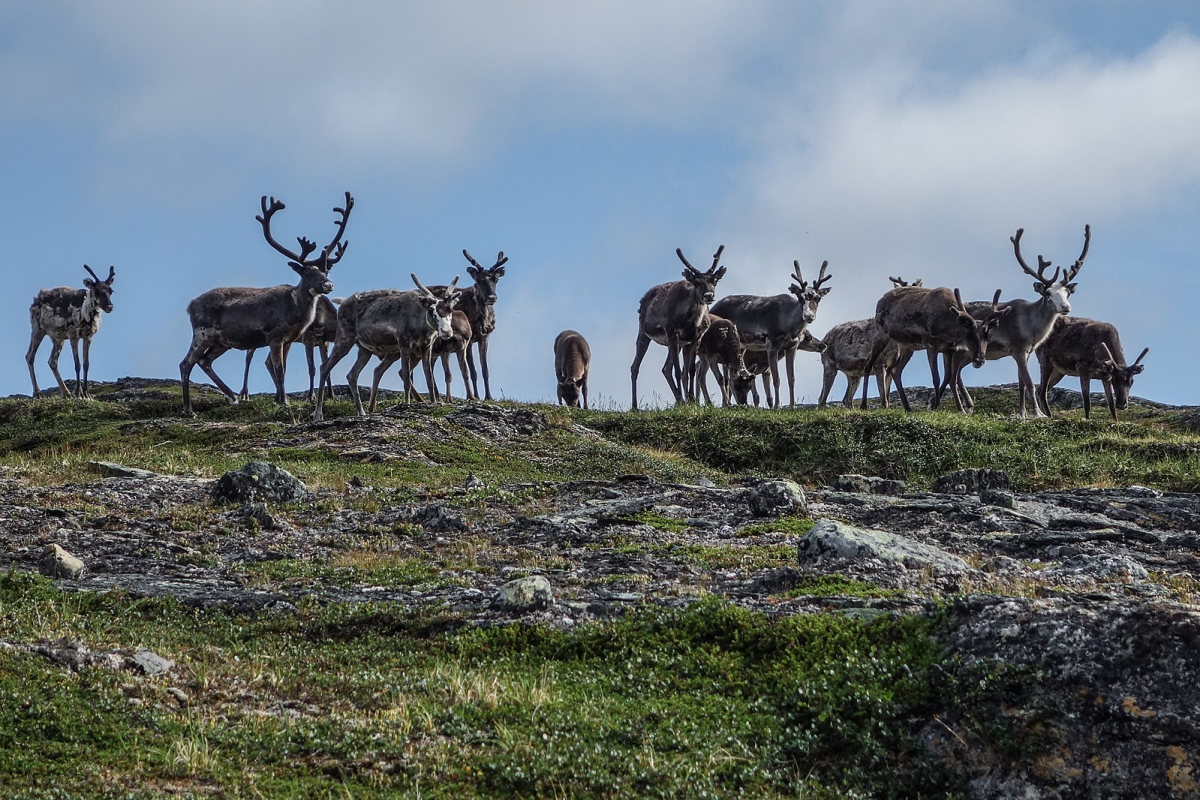Support strong Canadian climate journalism for 2025
The Ontario government announced more details Monday on how it will spend to protect endangered caribou herds.
In March, the province committed to invest $29 million over four years to protect caribou, whose estimated population in the province is around 5,000. Now, Ontario has announced $20 million for a conservation stewardship project that will fund initiatives by Indigenous communities, non-profits and other organizations to provide on-the-ground habitat restoration and protection, monitoring, science and research. This investment is the most significant amount of funding from Ontario to date.
But Anna Baggio, a conservation director at the environmental non-profit Wildlands League and a critic of the Ford government’s caribou protection approach, says overreliance on stewardship projects shirks the province’s responsibility to monitor caribou.
Relying on individual local projects for monitoring will result in a piecemeal approach that won’t give the provincial government a full sense of what is happening provincewide.
“[Ontario’s] supposed to be taking the lead on monitoring,” she said. Yet, the provincial government hasn’t monitored caribou for about a decade, Baggio added.
It’s still unclear if the remaining $9 million allocated to protect caribou will be spent on government-led monitoring.
Baggio also thinks Ontario’s efforts to protect caribou could be too little too late.
“When you've just stacked the table so in favour of industry, this isn't even going to make a dent because the playing field is all about how you log it, mine it, drain it [and] road it,” she said.
One of the flagship philosophies of the Ford government since taking office in 2018 has been to make Ontario “open for business,” with an emphasis on red tape reduction. This has led to the contentious stripping away of environmental protections, the development of the once-protected Greenbelt and the slow march towards developing the Ring of Fire mining region on carbon-important peatlands.
It’s bad news for caribou, which rely on a baseline threshold of 65 per cent of undisturbed habitat to survive, and even then, the chance of survival drops to around 60 per cent, Baggio said.
“We don't have to gobble up every tree for the industry. We don't have to mine everything we can,” Baggio said. “We should be able to build a society that is taking its responsibilities to wildlife, to biodiversity, to water and to communities just as seriously as we do to economic development.”
In 2022, Ontario and the federal government signed a five-year conservation agreement to protect caribou in the province. Earlier this year, the federal government found caribou are not effectively protected under provincial laws. However, Environment and Climate Change Canada decided not to invoke protection under the Species at Risk Act at the time, which would override the province in protecting caribou.
"The Government of Canada will closely monitor progress made by Ontario and, if warranted, will pursue actions under the Species at Risk Act," Samuel Lafontaine, a spokesperson for Environment and Climate Change Canada, told Canada's National Observer. "The Minister of Environment and Climate Change will return to the Governor in Council to fulfill his responsibilities under the Species at Risk Act if there is a lack of progress."
Since the passing of Bill 229 — the Protect, Support and Recover from COVID-19 Act — the forestry industry in Ontario is exempt from the Endangered Species Act while operating in a Crown forest.
“We need to put the brakes on, stop opening up new forests to logging and mining [and] we need to leave some of that area alone,” Baggio said.
Ontario officials did not return Canada National Observer’s questions by the time of publication.
Matteo Cimellaro / Canada’s National Observer / Local Journalism Initiative
This article was updated to reflect comments from Environment and Climate Change Canada.






Comments